https://tibetdharma.com/wp-includes/js/jquery/jquery.min.js
https://tibetdharma.com/wp-includes/js/jquery/jquery-migrate.min.js
var StrCPVisits_page_data = {
'abort' : 'false',
'title' : 'Category: Vajrayana',
};
Skip to content
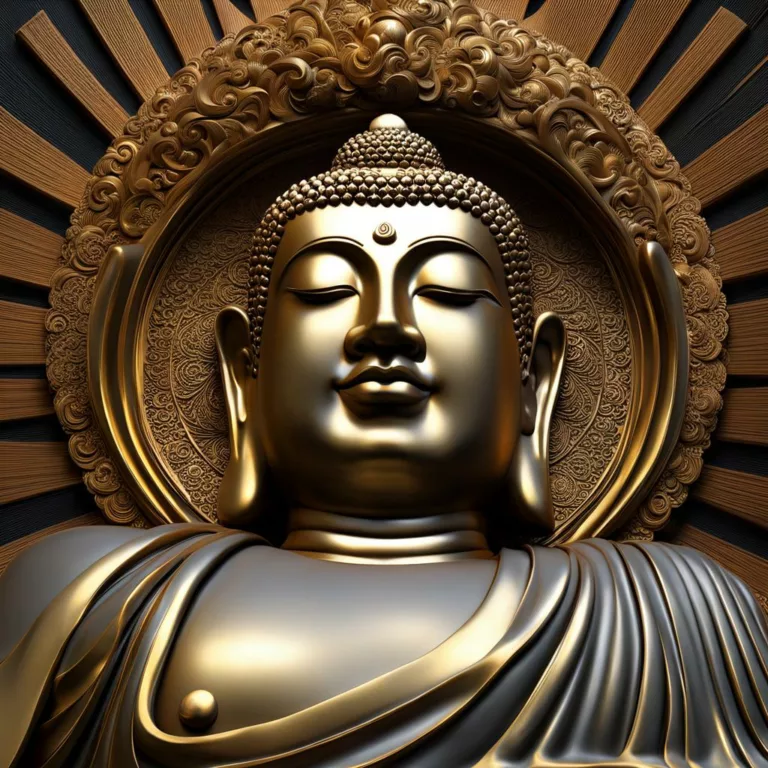
Sleep yoga uses the state of deep, dreamless sleep as a meditative object. The state, which is a vanishing of consciousness, can be used to rest in the luminous and empty reality of rigpa. Sleep yoga is distinct from dream…

Dream yoga is a Tibetan Buddhist meditative practice of using the dream state to meditate on dharmic truths and deities. I have tried dream yoga and it’s pretty challenging. It’s hard to remember to be aware of your dreams, but…
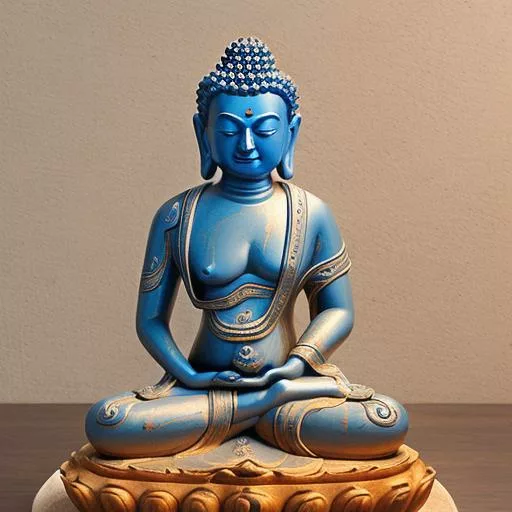
Samantabhadra (Kuntu Zangpo, Tib.) is the name for two non-material figures in Buddhism: the bodhisattva of traditional Buddhism and the Buddha of Tibetan Buddhism. Samantabhadra Buddha is the adi-Buddha or primordial Buddha of the Nyimgma Lineage. He is equivalent to…
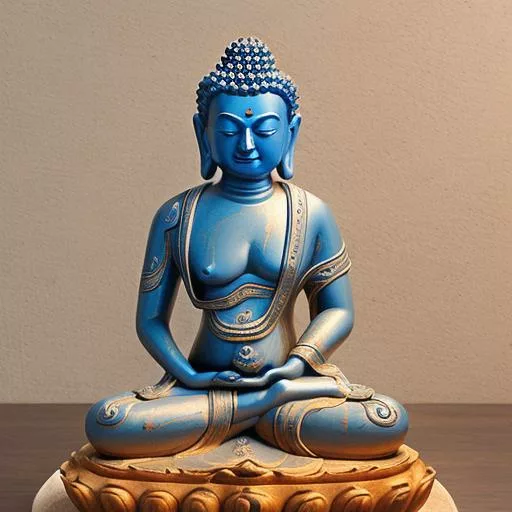
Vajradhara means holder of the Vajra or indestructible reality. The vajra represents fully awakened mind. Vajradhara (Dorje Chang, Tib) is blue in color, wearing peaceful ornaments. He holds a vajra or dorje in his right hand and a bell in…
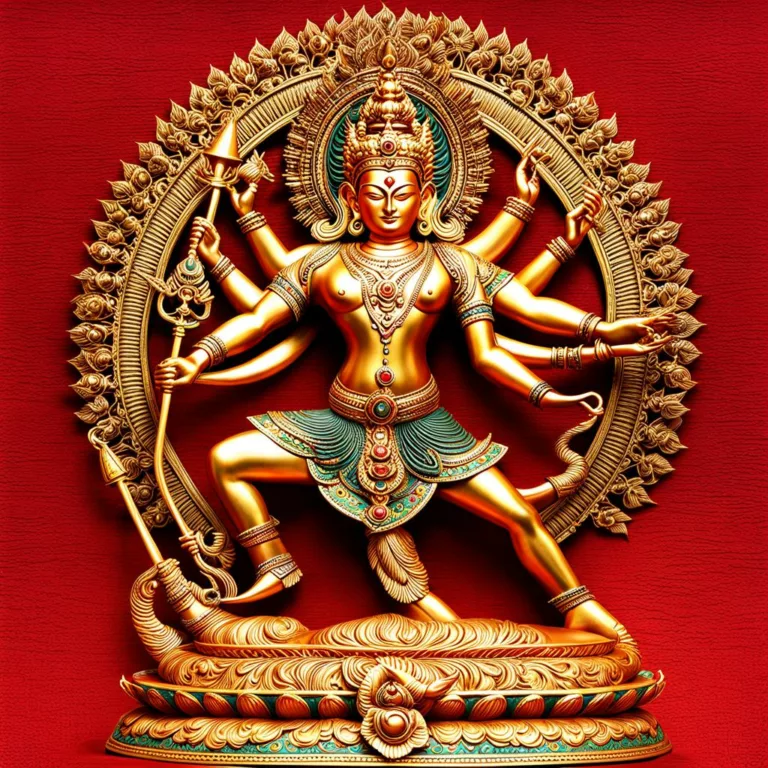
The yidam is a meditation deity in Tibetan Buddhism specifically conferring the esoteric siddhis or powers of meditation. Yidams can be male or female. They represent the deepest virtues and enlightened qualities of the native state, the essence of all…
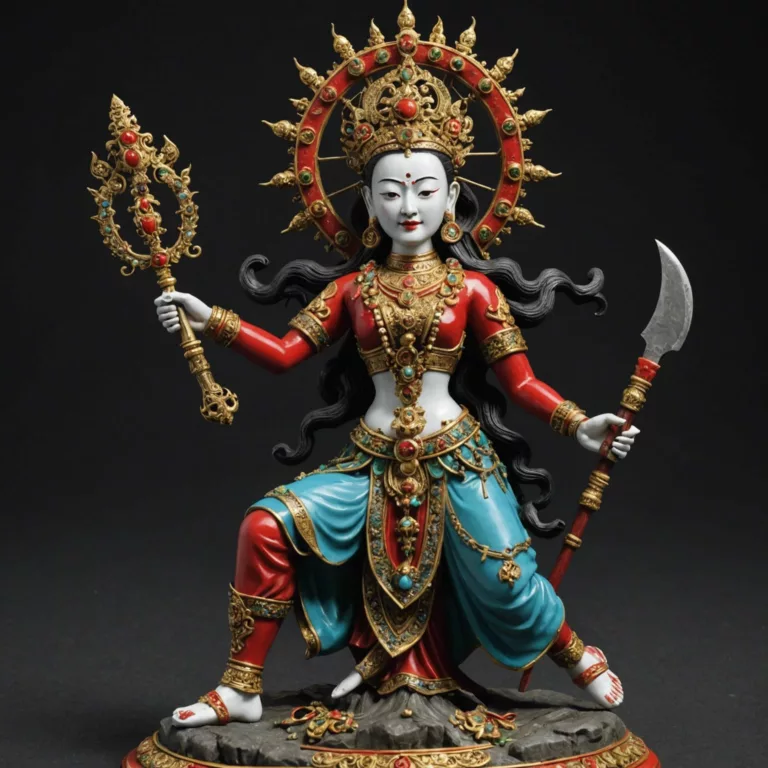
Vajrayogini is a dakini and fully enlightened Tantric deity. Her specialty is pointing out the true essence of mind. She uses the passion of the practitioner to liberate them. I did Vajrayogini about 20 years ago. My first sadhana, as…
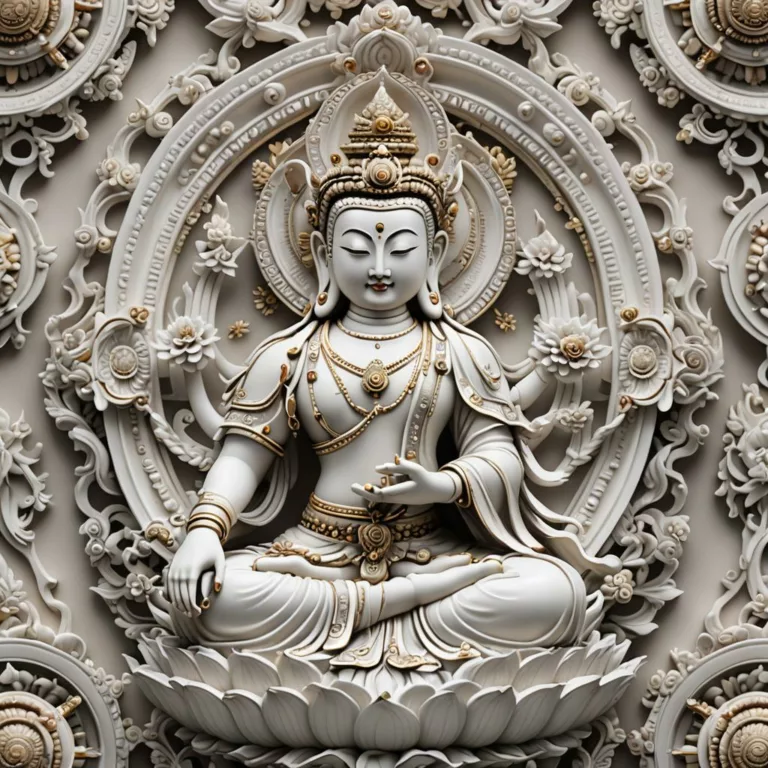
The Vajrasattva Mantra is a 100 syllable mantra in Sanskrit associated with the deity Vajrasattva (Dorje Sempa). The mantra is used for purification as preparation for abhisheka. It is also used to purify mistakes in practice. I have heard many…
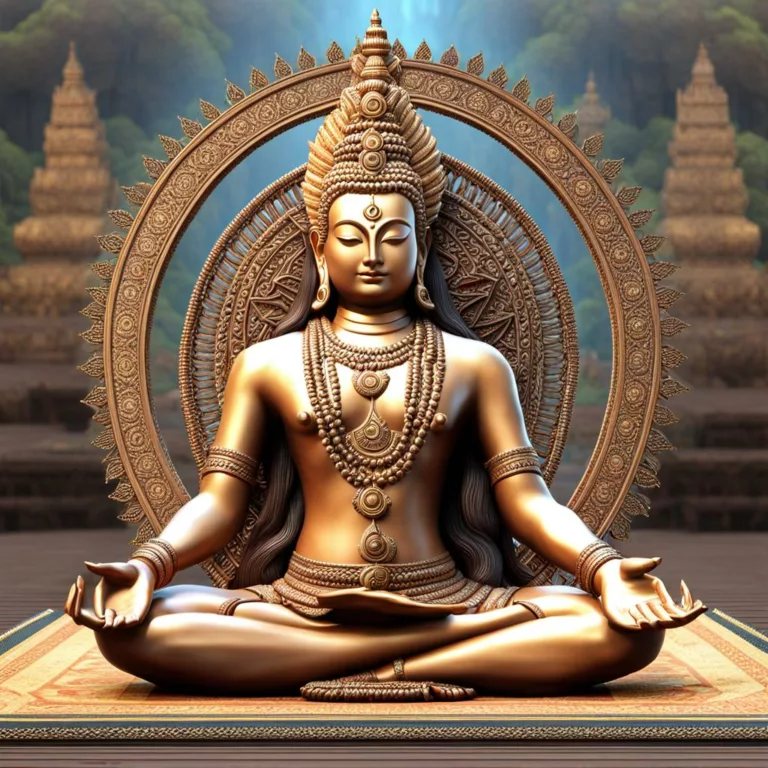
Mahayoga is the first of the ‘inner tantras’ in the 9 yana system. The yana focuses primarily on visualizing the deity as a means of accumulating merit and wisdom and of purifying obscurations to realization. I love Mahayoga. Some people…

Dzogchen means Great Completion or Great Perfection. Atiyoga (highest union) includes trekchö and thogal (see below). This supreme yoga aims to inseparably join the mindstream to the essential reality of purity and spontaneous presence. The abiding nature is called Rigpa…
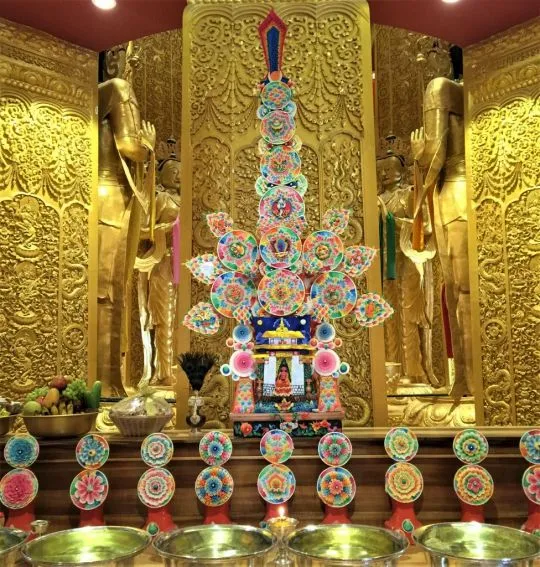
Tormas are ritual food offerings made in a variety of shapes, used for a number of purposes. They are used for destroying obstacles, creating generosity, and purifying karma. Tormas can be used to represent the deity. They often have elaborate…

Amrita is blessed liquor used for ritual purposes in Tantric or Vajrayana Buddhism. It represents the purified form of desire: intoxicating wisdom. With proper practice, amrita confers bliss on the meditator. Amṛta is usually held in a skull cup or…
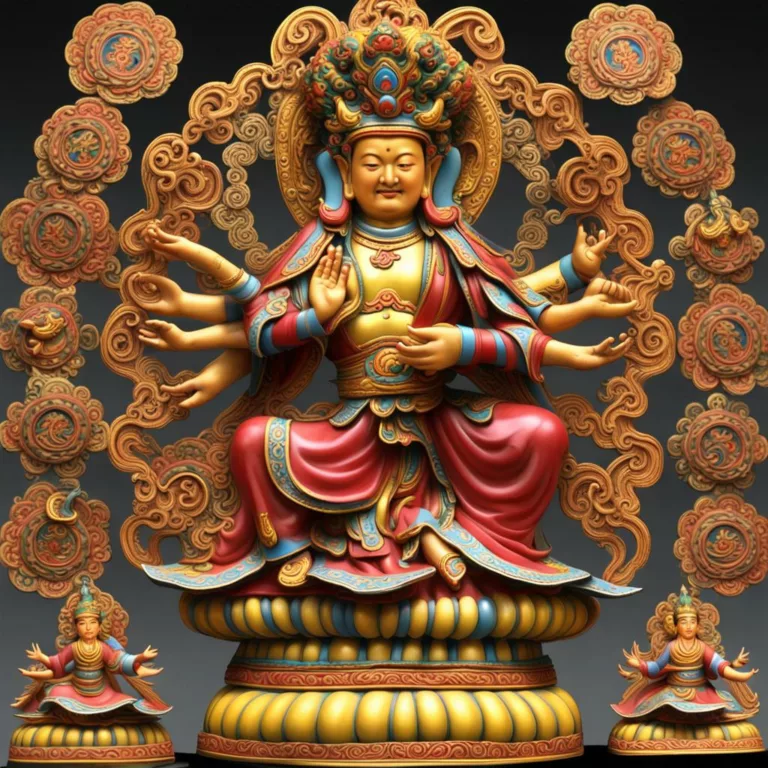
Sadhana means practice. In Buddhism and Hinduism, it denotes a deity or yidam practice. The point is to see oneself as fully enlightened without invoking ego. Ego donning the form of the deity is a significant danger in sadhana. Sadhana…
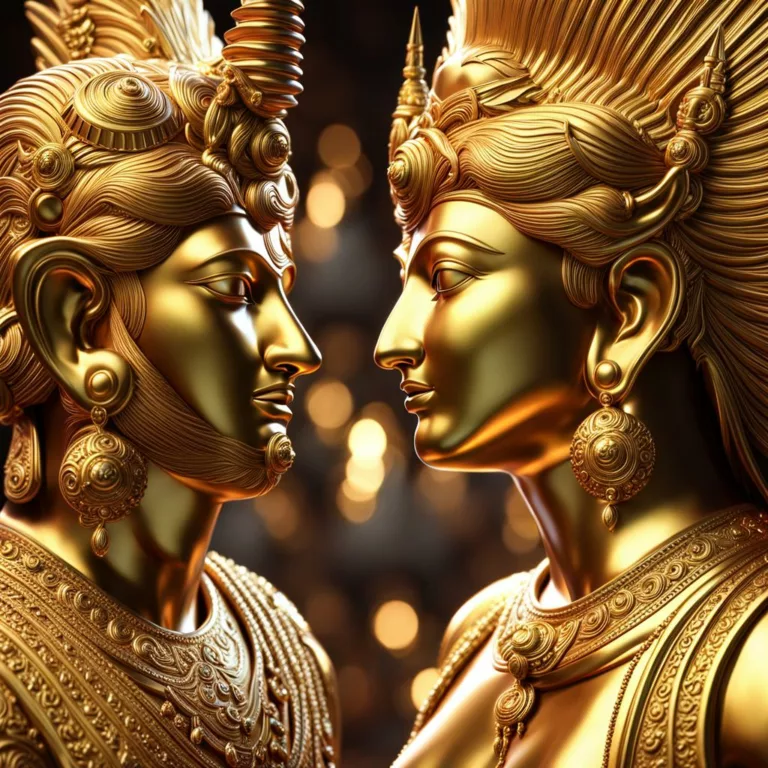
Karmamudrā, activity of sealing, unites sexual union with Tummo (chandali) the practice of inner heat. The practice is known for using desire as the path of enlightenment. The practitioner engages in desire to liberate desire. Karmamudrā was a core practice…
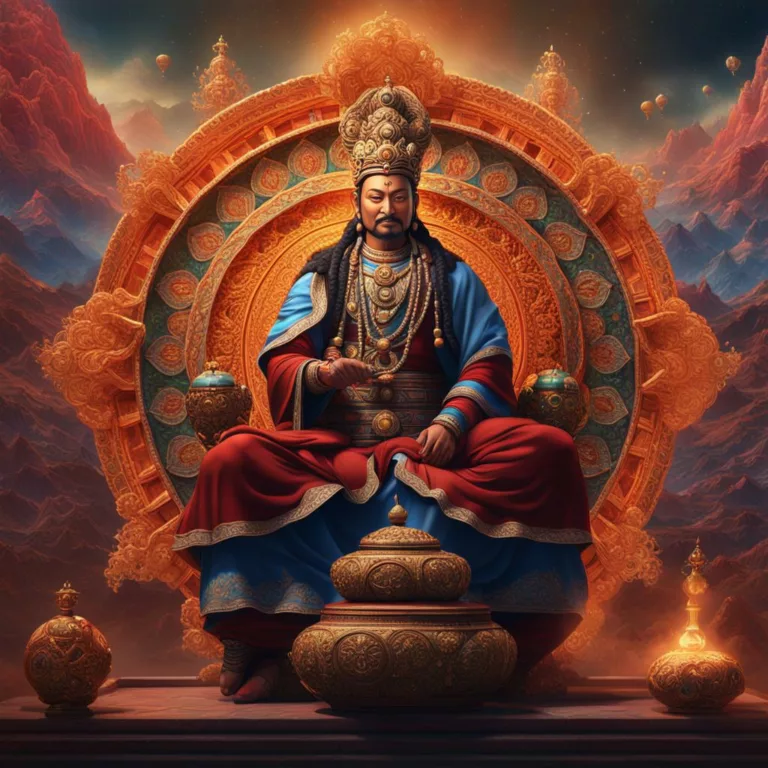
Padmasambhava or Padmakara, meaning Lotus-born, is the foremost master in Tibetan Buddhism. Guru Rinpoche, another title, is known for bringing the Vajrayana dharma to Tibet, subduing the negative forces, and hiding terma, dharma treasures, for future generations benefit. Quotes by…

A guru, or lama, is a spiritual guide in Buddhism. Their specialty is the Vajrayana path, thought they know the other paths as well. The job is to teach the view, transmit blessings, give abhishekas and guide individual students. Guru…
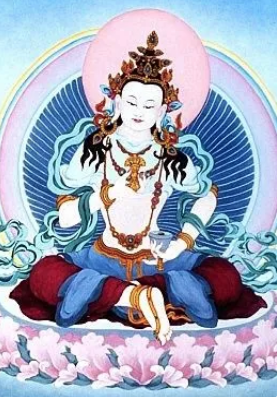
Vajrasattva (Indestructible Being) is a tantric deity symbolizing purity. He holds a dorje and ghanta (bell), symbolizing compassion and skillful means. His specialty is purification of impediments and karmic obscurations – dikpa and drippa. He is a central deity for…
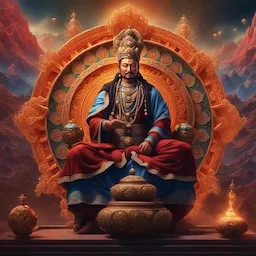
Meditation in Tibetan Buddhism is a broad-ranging system based on the 9 yana journey, distinguished by a strong focus on the Tantric yanas (vehicles). The core of these is increasingly direct...
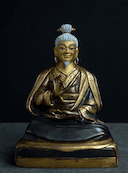
Longchenpa was one of the greatest masters of Tibetan Buddhism. In the 14th Century, he attained enlightenment as a wandering ascetic. He wrote numerous treatises, including the 7 Treasures. Meaning of the Name Longchenpa and Other Names, Titles Longchen Rabjam…

Palden Lamo is a wrathful feminine deity, a protector in the Vajrayana dharma. Riding a donkey, with 2 arms and eyes, she holds a combination of skull cup, lasso, jewel, and mirror. Palden Lamo 3 Little Known Facts Palden Lhamo…
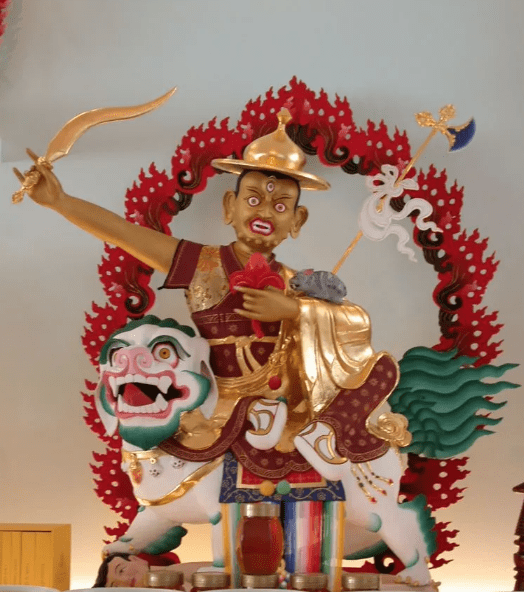
Dorje Shugden is a Sambhogakaya figure practiced as a protector by certain Gelug sects. Most sects treat him as a hostile deity, a demon. Dorje Shugden Central Entity: Description Properties Relationships Controversies: Additional Information: It is important to note that…
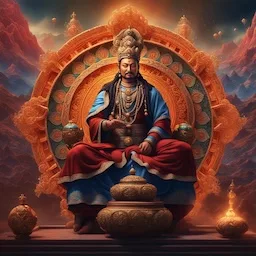
Inner Tantras – Maha, Anu, and Ati Tibetan Buddhist Meditation can be roughly divided into 3 components: lower yanas, outer tantras, and inner tantras. This post covers the inner tantras. These have to do with self-visualization of the Yidam, working…
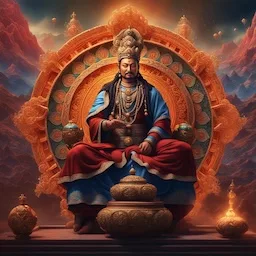
Tibetan Buddhist meditation is a broad-ranging system based on the 9 yana journey, distinguished by a strong focus on the Tantric yanas (vehicles). The core of these is increasingly direct meditation on the nature of mind, characterized as luminous empty awareness, often visualized in deity form. This is the most rapid path to enlightenment.
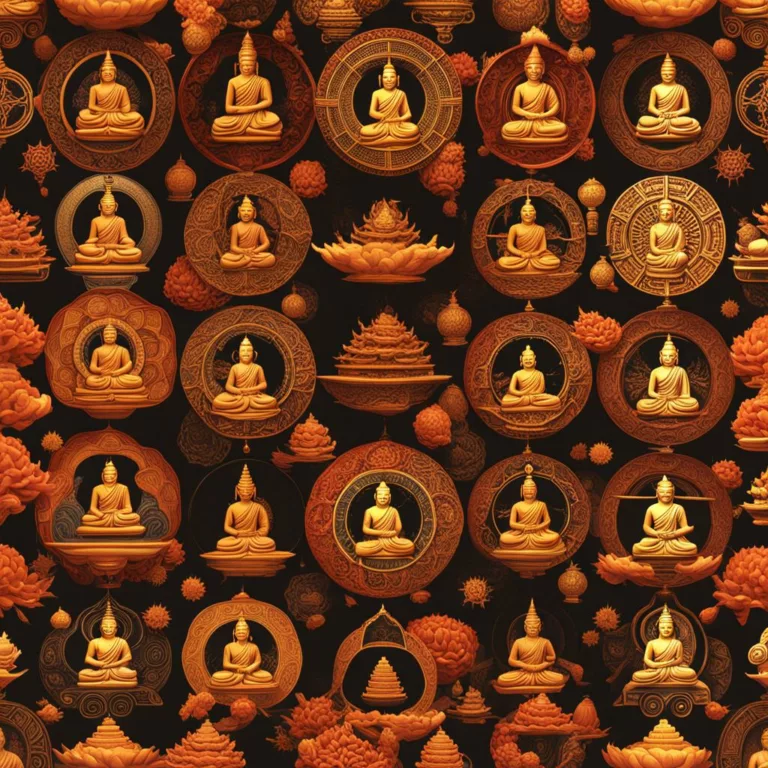
Tantric Buddhism denotes a number of Buddhist systems for rapid attainment of enlightenment. Ritual, empowerment, guru, devotion, ngondro, samaya, transmutation of neurosis, buddha activity, yidam, mandala, mantra, and subtle body (chakra, nadi, prana, bindu) are components of the system. Undergirding…
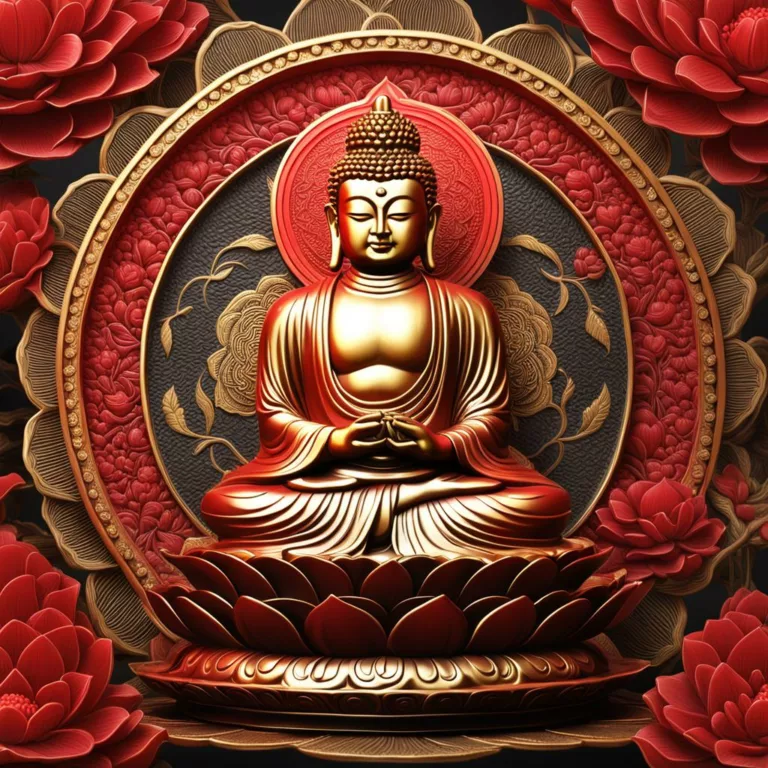
Amitābha is the primordial Buddha of Infinite Light. He manifests in the Samboghakaya as Amitāyus, Buddha of Infinite Life. He resides in the Western Land of Sukhavati, holds the wisdom of Discriminating Awareness Wisdom, symbolized as a Lotus Flower, and…
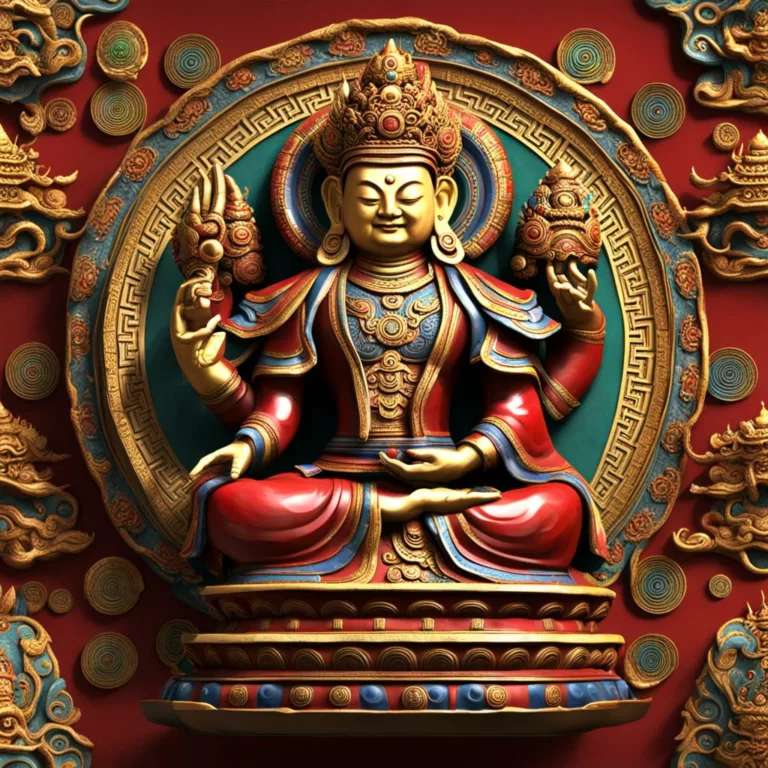
Tibetan Buddhism is a Vajrayana system, with 4 major sects. The system relies on the views of Rangtong and Shentong, incorporating them into a multitude of esoteric practices. The goal is rapid attainment of enlightenment. Tibetan Buddhism – key terms…
var seriesdropdown = document.getElementById("orgseries_dropdown");
if (seriesdropdown) {
function onSeriesChange() {
if ( seriesdropdown.options[seriesdropdown.selectedIndex].value != ( 0 || -1 ) ) {
location.href = "https://tibetdharma.com/series/"+seriesdropdown.options[seriesdropdown.selectedIndex].value;
}
}
seriesdropdown.onchange = onSeriesChange;
}
var STR_CPVISITS = {"security":"eabd74acee","ajax_url":"https:\/\/tibetdharma.com\/wp-admin\/admin-ajax.php","text_page_name":"PAGE NAME","text_cannot_access_page_name":"Cannot access page name - try to flush server cache...","text_message":"MESSAGE","text_total_page_visits":"TOTAL PAGE VISITS","text_total_website_visits":"TOTAL WEBSITE VISITS"};
https://tibetdharma.com/wp-content/plugins/page-visits-counter-lite/assets/frontend/page-visits-counter-lite-ajax.js
var ct_localizations = {"ajax_url":"https:\/\/tibetdharma.com\/wp-admin\/admin-ajax.php","public_url":"https:\/\/tibetdharma.com\/wp-content\/themes\/blocksy\/static\/bundle\/","rest_url":"https:\/\/tibetdharma.com\/wp-json\/","search_url":"https:\/\/tibetdharma.com\/search\/QUERY_STRING\/","show_more_text":"Show more","more_text":"More","search_live_results":"Search results","search_live_no_result":"No results","search_live_one_result":"You got %s result. Please press Tab to select it.","search_live_many_results":"You got %s results. Please press Tab to select one.","expand_submenu":"Expand dropdown menu","collapse_submenu":"Collapse dropdown menu","dynamic_js_chunks":[{"id":"blocksy_ext_trending","selector":".ct-trending-block [class*=\"ct-arrow\"]","url":"https:\/\/tibetdharma.com\/wp-content\/plugins\/blocksy-companion\/framework\/extensions\/trending\/static\/bundle\/main.js?ver=2.0.48","trigger":"click"},{"id":"blocksy_sticky_header","selector":"header [data-sticky]","url":"https:\/\/tibetdharma.com\/wp-content\/plugins\/blocksy-companion\/static\/bundle\/sticky.js?ver=2.0.48"}],"dynamic_styles":{"lazy_load":"https:\/\/tibetdharma.com\/wp-content\/themes\/blocksy\/static\/bundle\/non-critical-styles.min.css?ver=2.0.48","search_lazy":"https:\/\/tibetdharma.com\/wp-content\/themes\/blocksy\/static\/bundle\/non-critical-search-styles.min.css?ver=2.0.48","back_to_top":"https:\/\/tibetdharma.com\/wp-content\/themes\/blocksy\/static\/bundle\/back-to-top.min.css?ver=2.0.48","cookie_notification":"https:\/\/tibetdharma.com\/wp-content\/plugins\/blocksy-companion\/framework\/extensions\/cookies-consent\/static\/bundle\/main.min.css"},"dynamic_styles_selectors":[{"selector":".ct-header-cart, #woo-cart-panel","url":"https:\/\/tibetdharma.com\/wp-content\/themes\/blocksy\/static\/bundle\/cart-header-element-lazy.min.css?ver=2.0.48"},{"selector":".flexy","url":"https:\/\/tibetdharma.com\/wp-content\/themes\/blocksy\/static\/bundle\/flexy.min.css?ver=2.0.48"},{"selector":"#account-modal","url":"https:\/\/tibetdharma.com\/wp-content\/plugins\/blocksy-companion\/static\/bundle\/header-account-modal-lazy.min.css?ver=2.0.48"},{"selector":".ct-header-account","url":"https:\/\/tibetdharma.com\/wp-content\/plugins\/blocksy-companion\/static\/bundle\/header-account-dropdown-lazy.min.css?ver=2.0.48"}]};
https://tibetdharma.com/wp-content/themes/blocksy/static/bundle/main.js
https://tibetdharma.com/wp-content/plugins/blocksy-companion/framework/extensions/cookies-consent/static/bundle/main.js





























